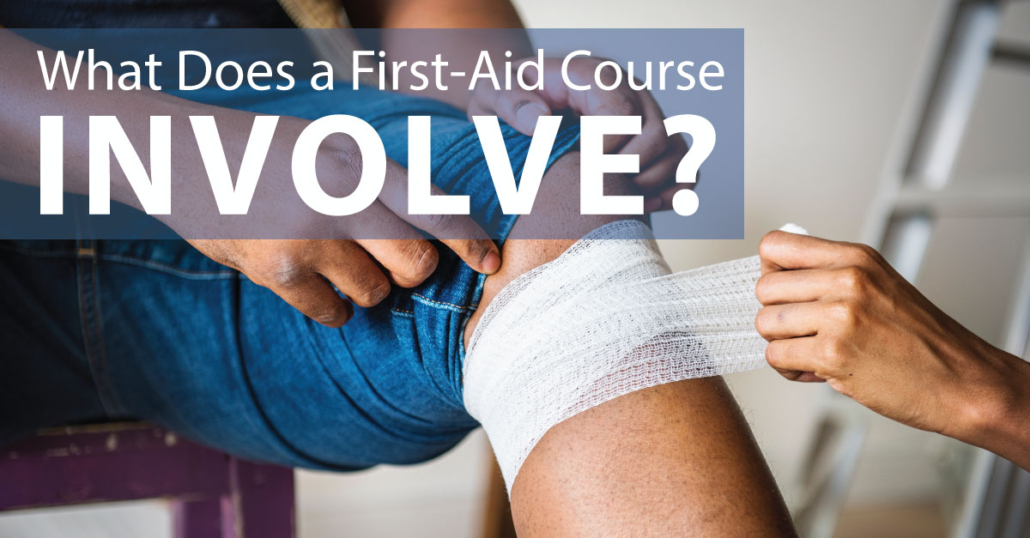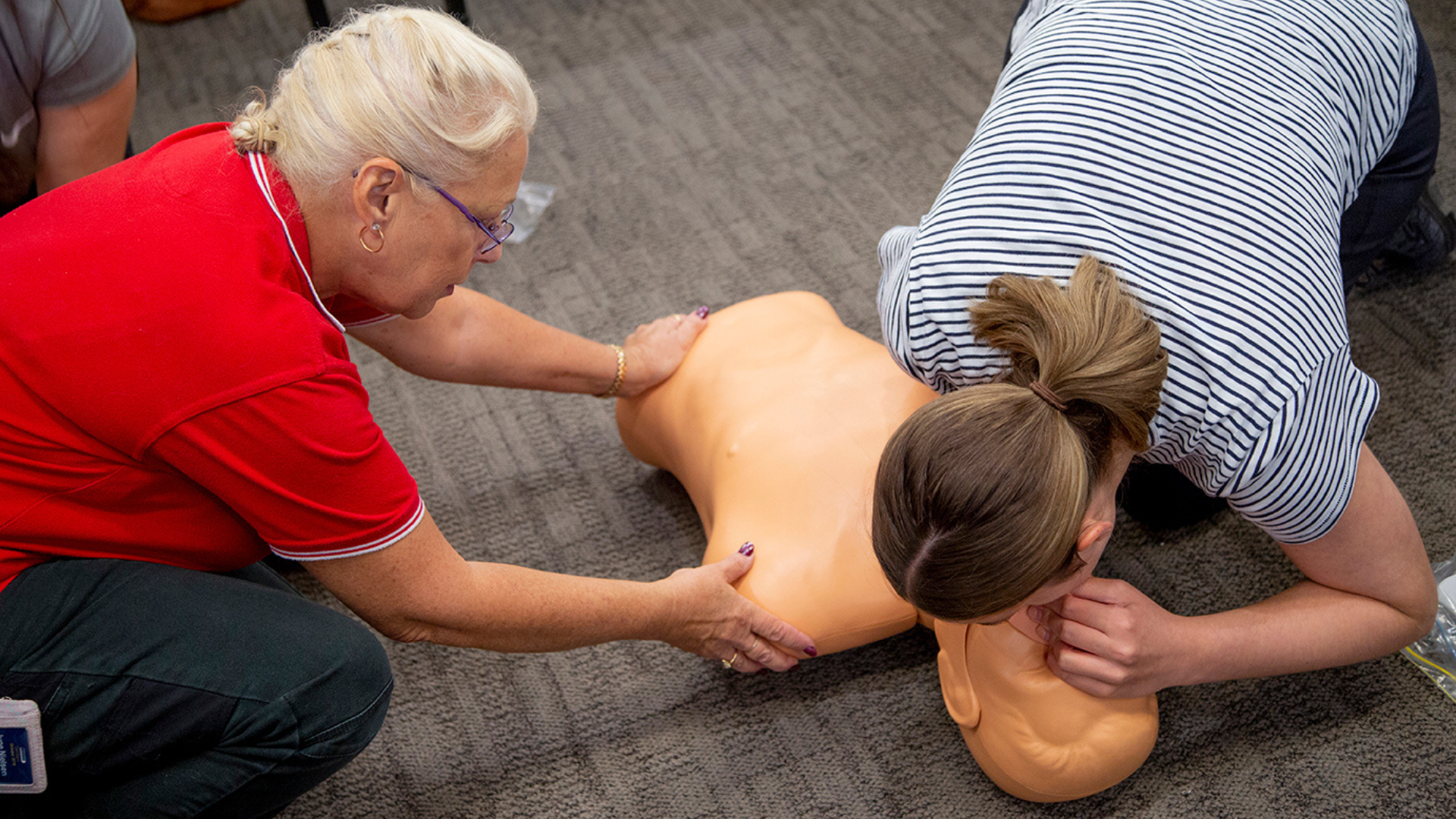Introduction
In a globe where mishaps can occur at any moment, understanding just how to react efficiently can be the difference in between life and fatality. Cardiopulmonary resuscitation (MOUTH-TO-MOUTH RESUSCITATION) is an important ability that everybody must think about discovering. However with a lot of choices readily available, navigating the world of mouth-to-mouth resuscitation courses can feel overwhelming. So, which one is best for you? This write-up aims to direct you with the different CPR training CPR Course Mackay - skillstrainingcollege.com.au courses available, assisting you pick the most effective fit for your needs.
Understanding mouth-to-mouth resuscitation and Its Importance
What is CPR?
Cardiopulmonary resuscitation (CPR) is an emergency procedure done on people whose heart has quit beating or who have actually ceased breathing. It includes breast compressions and rescue breaths to keep blood circulation and oxygenation until sophisticated clinical assistance gets here.
Why is mouth-to-mouth resuscitation Important?
The value of mouth-to-mouth resuscitation can not be overstated. Data show that prompt CPR can increase or perhaps triple a target's opportunities of survival after cardiac arrest. Learning CPR not only outfits you with the abilities to save lives but additionally increases your confidence in emergency situation situations.
When Needs to You Utilize CPR?
CPR ought to be launched when an individual is unresponsive, not breathing usually, or showing indicators of serious distress. Being able to determine these conditions swiftly can save valuable minutes.
Navigating the World of Mouth-to-mouth Resuscitation Courses: Types Available
Basic Life Support (BLS) Courses
What is BLS?
BLS programs are designed for healthcare providers and experts who require to maintain qualification in fundamental life assistance techniques. These training courses cover essential abilities such as high-grade chest compressions, respiratory tract monitoring, and making use of an Automated External Defibrillator (AED).

Who Ought to Take BLS Courses?
If you're a medical care employee, caretaker, or a person seeking to boost their clinical understanding, a BLS course may be appropriate for you.
Heartsaver ® CPR/AED Courses
What are Heartsaver ® Courses?
The Heartsaver ® program supplies programs tailored for laymans. It concentrates on adult, youngster, and baby mouth-to-mouth resuscitation methods in addition to AED usage.
Who Needs to Think about Heartsaver ® Courses?
These programs are best for teachers, trainers, parents, and any individual responsible for others' security that might need to act in an emergency situation.
First Help Program vs. Emergency Treatment and CPR Course
What Does an Emergency treatment Course Cover?
An emergency treatment course typically covers the essentials of treating injuries such as cuts, burns, fractures, and choking incidents without focusing on resuscitation methods.
Why Combine First Aid with Mouth-to-mouth Resuscitation Training?
Combining first aid training with a mouth-to-mouth resuscitation course furnishes you with extensive emergency feedback skills. By recognizing both emergency treatment and resuscitation methods, you'll be much better prepared to manage various emergencies.
Advanced Cardiac Life Assistance (ACLS)
What is ACLS Training?
ACLS training goes beyond basic life assistance by consisting of innovative medical abilities like carrying out medications and managing respiratory system failure.
Who Requirements ACLS Certification?
ACLS accreditation is typically required for healthcare professionals operating in important care settings such as hospitals or emergency situation rooms.
Choosing the Right Training course for You: Variables to Consider
Your Level of Experience
Before register in any type of program, assess your present degree of knowledge concerning emergency treatment and CPR methods. Beginners may gain from starter programs like Heartsaver ®, while skilled individuals might go with even more intensive training like BLS or ACLS.
Your Responsibilities
Consider your role in your area or work environment. If you are accountable for others' safety-- like a train or teacher-- you could want to spend time in thorough first aid and CPR training.
Course Format: In-Person vs. Online Options
In-Person Training Advantages
- Hands-on experience Immediate feedback from instructors Networking opportunities
Online Training Advantages
- Flexibility Convenience Often less expensive
Understanding Accreditation: What You Need to Know
Duration of Certifications
Most certifications last between 2 to 3 years prior to calling for revival; however, this differs by organization.
Recognized Organizations Offering Certification
Several organizations supply credible qualification programs:
- American Heart Association (AHA) Red Cross National Safety Council (NSC)
Finding High quality Educating Providers
Researching Local Options
Look into regional medical facilities or recreation center supplying first aid courses to discover hassle-free choices near you.

Online Resources
Many companies provide online training modules that give certification upon conclusion-- a superb alternative if time restraints are an issue.
Costs Connected with Numerous Courses
|Course Kind|Ordinary Price|| ---------------------|----------------|| Basic Life Assistance|$100 - $150|| Heartsaver ®|$50 - $80|| First Aid Only|$60 - $100|| ACLS|$200 - $300|
How to Get ready for Your Course
Pre-Course Recommendations
Before going to class:

What Takes place After Completion?
After effectively finishing your picked course:
You'll get an accreditation card. Keep it upgraded according to your provider's guidelines. Apply what you have actually discovered consistently with practice if possible!Common Mistaken beliefs Regarding Emergency treatment and CPR Training
Misconception 1: Only Medical Care Professionals Required This Training
This could not be further from the fact! Everyone can benefit from understanding exactly how to administer first aid or do CPR!
Misconception 2: I'll Never Need to Utilize It
Emergency scenarios emerge unexpectedly; being prepared is always wise!
FAQs About First Aid Certificates & Courses
How long does it take to complete a normal emergency treatment course? Many emergency treatment training courses take around four hours but can vary depending upon web content depth.
Will I obtain a certification after finishing my course? Yes! Many credible organizations offer certifications upon successful completion.
How typically do I require to restore my certification? Commonly every two years; contact your accrediting organization.
Can I take these training courses online? Definitely! Several organizations provide on-line options enabling flexibility.
Are there age requirements for taking these courses? Usually no age restriction exists; nonetheless, adult consent may be required under specific circumstances.
Do companies need employees to have these certifications? Numerous companies do like personnel learnt initial aid/CPR-- it reveals commitment in the direction of workplace safety!
Conclusion: Your Journey Begins Now!
With a lot of options offered when it boils down finding which program matches best-- whether it's Fundamental Life Support (BLS), Heartsaver ®, Advanced Cardiac Life Support (ACLS), and even just general First Aid-- the key takeaway remains clear: Taking positive actions in the direction of enhancing your knowledge base around emergency treatment & & cardiopulmonary resuscitation will eventually encourage YOU! By investing time into browsing the globe of mouth-to-mouth resuscitation training courses properly today makes certain readiness tomorrow-- due to the fact that every 2nd matters during emergencies!